Rapid death disease on pepper plants is caused by a fungus, spreads quickly and seriously affects productivity. Therefore, early recognition and timely prevention are very important to protect pepper gardens.
Rapid wilt disease is one of the most significant threats to the pepper cultivation industry, causing severe damage to farmers. Understanding the causes, recognizing early symptoms, and implementing effective prevention measures are crucial to protecting pepper plants. Follow this guide from Sataka to safeguard your pepper plantations from this disease.
The primary cause of rapid wilt disease in pepper plants is the fungus Phytophthora capsici, a highly destructive pathogen that can attack pepper plants at any growth stage. This fungus thrives in soil and water, flourishing under favorable weather conditions such as heavy rains, high humidity, and poorly drained soil.
Pepper plants are particularly susceptible during the rainy season when prolonged wet conditions and inadequate soil drainage create ideal environments for the fungus. Additionally, densely planted pepper gardens with insufficient sunlight and poor ventilation further encourage the growth and spread of Phytophthora, explaining why rapid wilt outbreaks are often severe in years with heavy rainfall.
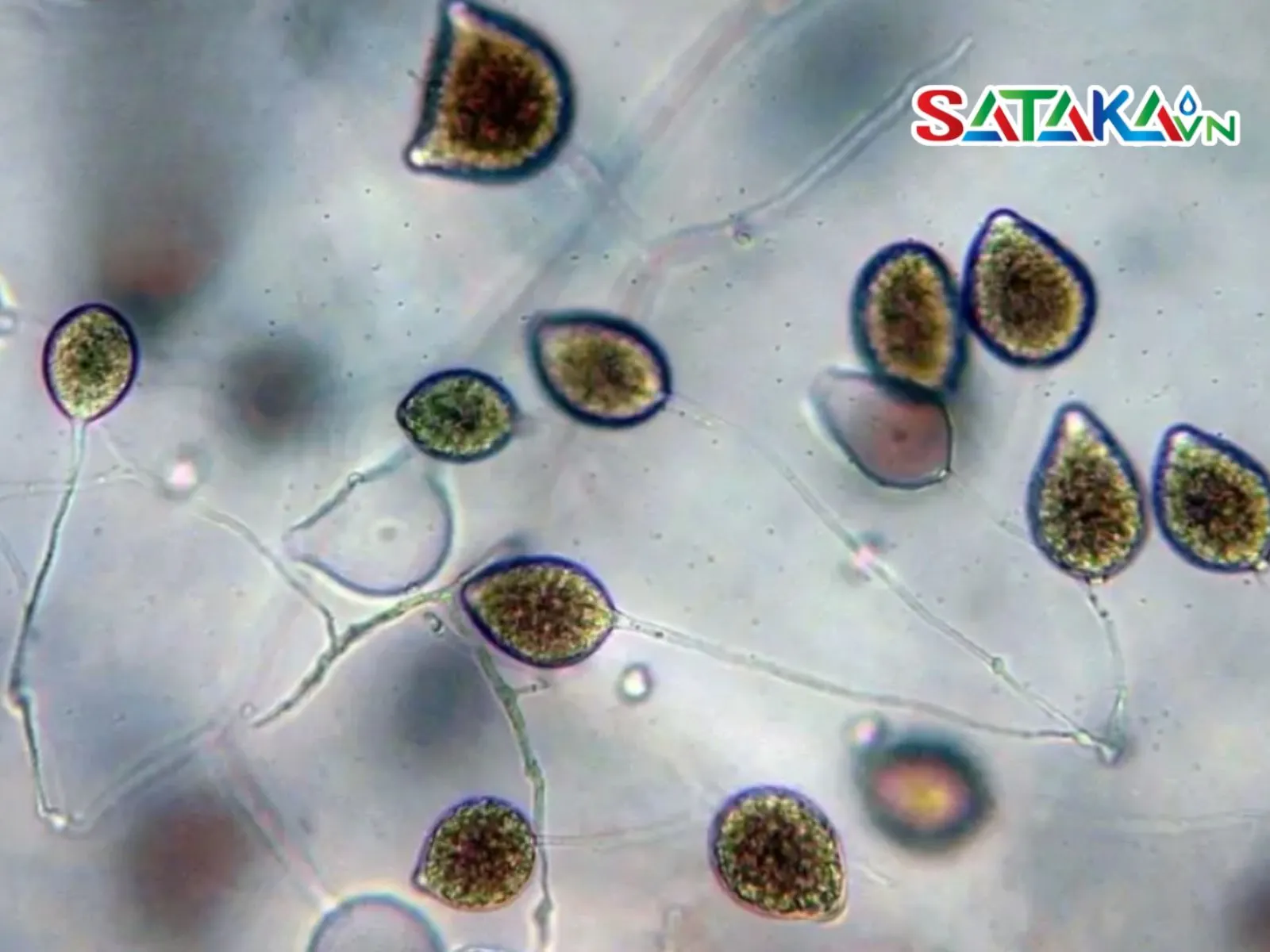
Phytophthora Capsici Mushroom
Early detection of rapid wilt disease is vital for timely prevention and treatment. The following are key signs to identify the disease:
The first sign of the disease is wilting leaves that lose vitality, even when the plant is adequately watered. Leaves gradually turn yellow and drop quickly, especially those near the base of the plant.
The disease spreads from the top down to the roots, causing the entire plant to wilt within a short period, usually a few days to a week. If not treated promptly, the entire pepper plant dies, accompanied by a distinct foul smell caused by the fungus destroying the root system.
In severe cases, the fungus can spread to surrounding plants, particularly in areas with heavy rainfall and poor drainage.
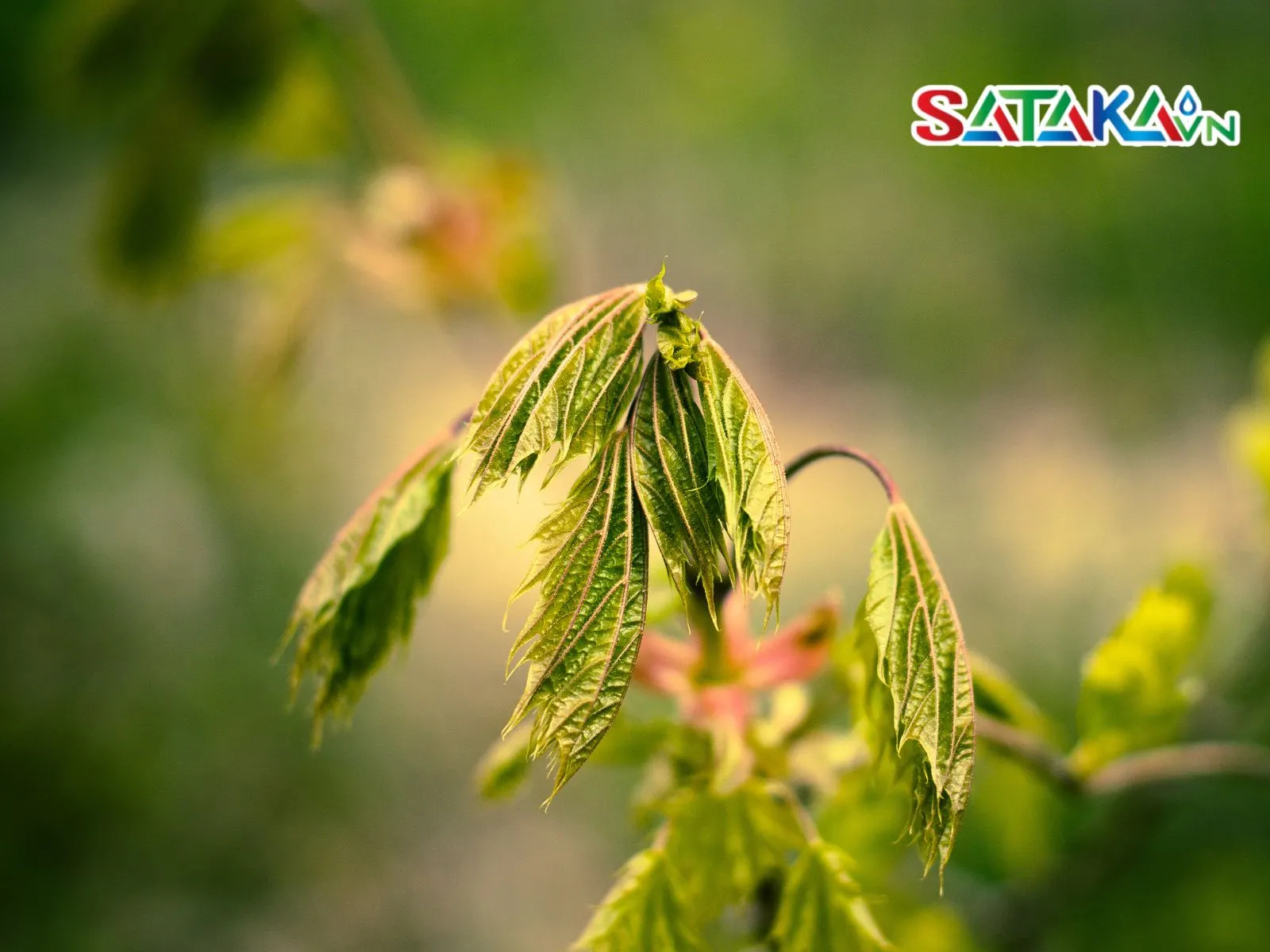
Wilted leaves
Rapid wilt disease causes significant losses for pepper farmers, particularly those without experience in early detection and prevention.
Once infected, pepper plants have a high mortality rate, which can reach 80-100% in a garden without timely intervention.
The disease not only reduces the number of plants but also affects the quality and quantity of harvested pepper, leading to decreased income for farmers. In large plantations, the rapid spread of the disease creates significant challenges for recovery and continued production.
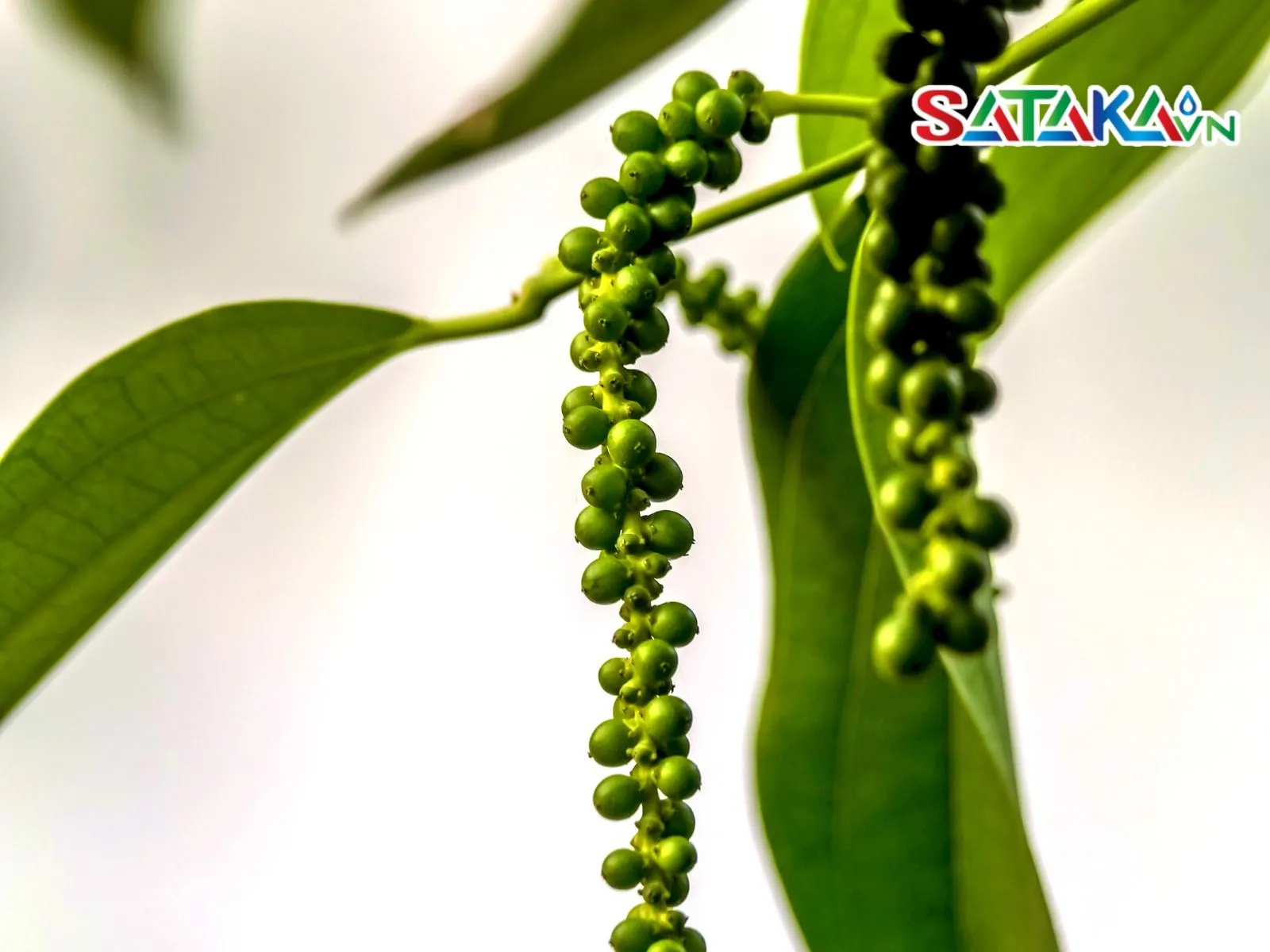
Pepper is not of good quality
Prevention is the best and most effective way to protect pepper plantations from rapid wilt disease. Here are some widely recommended methods:
Selecting pepper varieties with high resistance to rapid wilt is the first and most effective measure. Improved varieties with strong resistance to Phytophthora are available in the market and should be considered to minimize disease risk.
Good drainage is crucial, especially during the rainy season. Prevent waterlogging by improving soil structure using organic fertilizers and creating efficient drainage systems.
Fertilizers play a vital role in preventing diseases by promoting healthy plant growth. Use fertilizers enriched with beneficial microorganisms to inhibit the growth of harmful fungi in the soil.
Prune infected leaves and branches regularly to improve ventilation in the garden. Avoid over-dense planting to minimize humidity and reduce disease development.
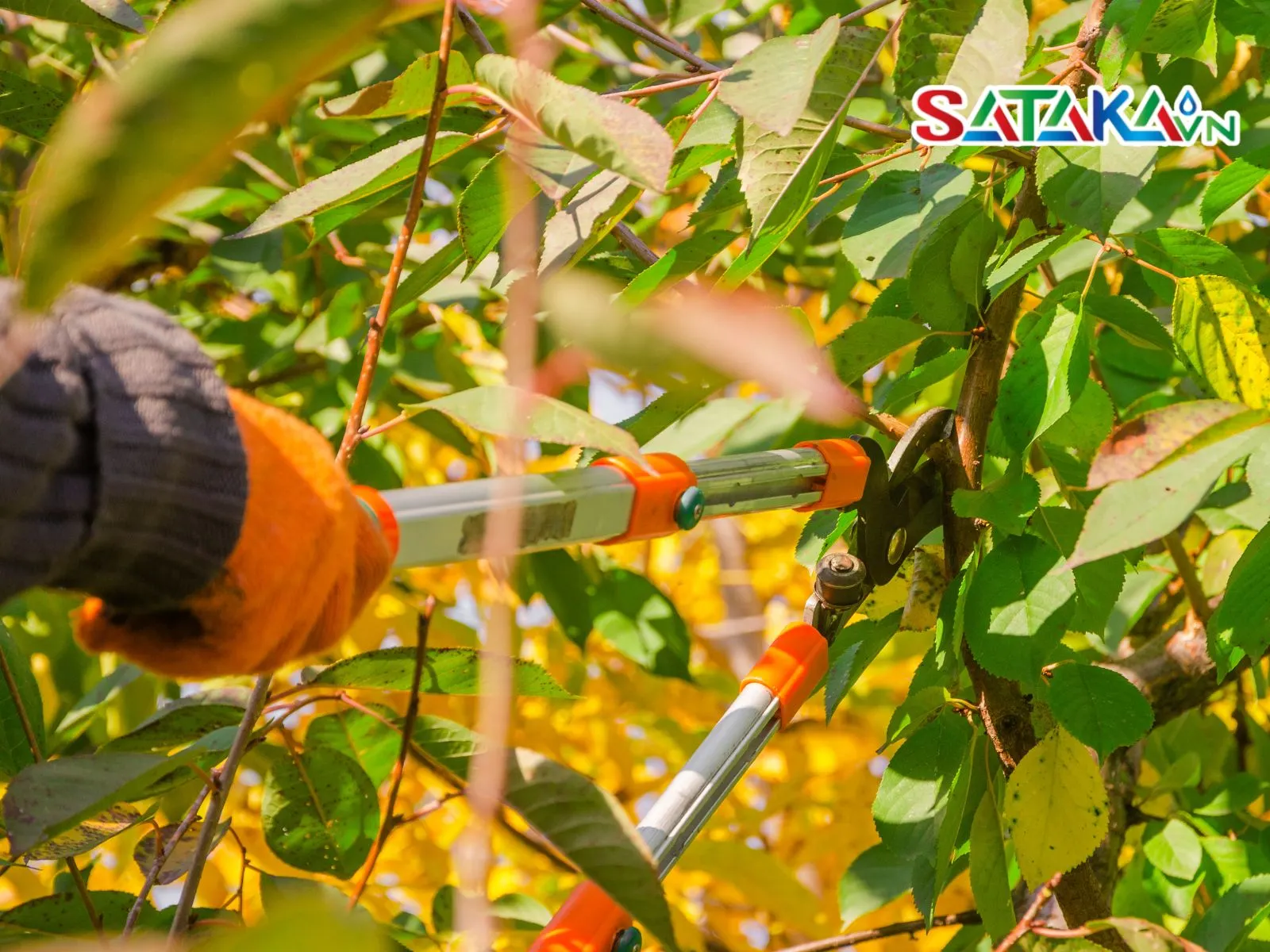
If rapid wilt is detected in your pepper plantation, immediate treatment is necessary to limit damage.
Use fungicides containing active ingredients specifically targeting Phytophthora, such as Metalaxyl, Fosetyl-Aluminium (Fosetyl-Al), and Cymoxanil. Follow expert agricultural guidance for proper dosage and application timing to maximize effectiveness while avoiding fungicide resistance or harm to plant health.
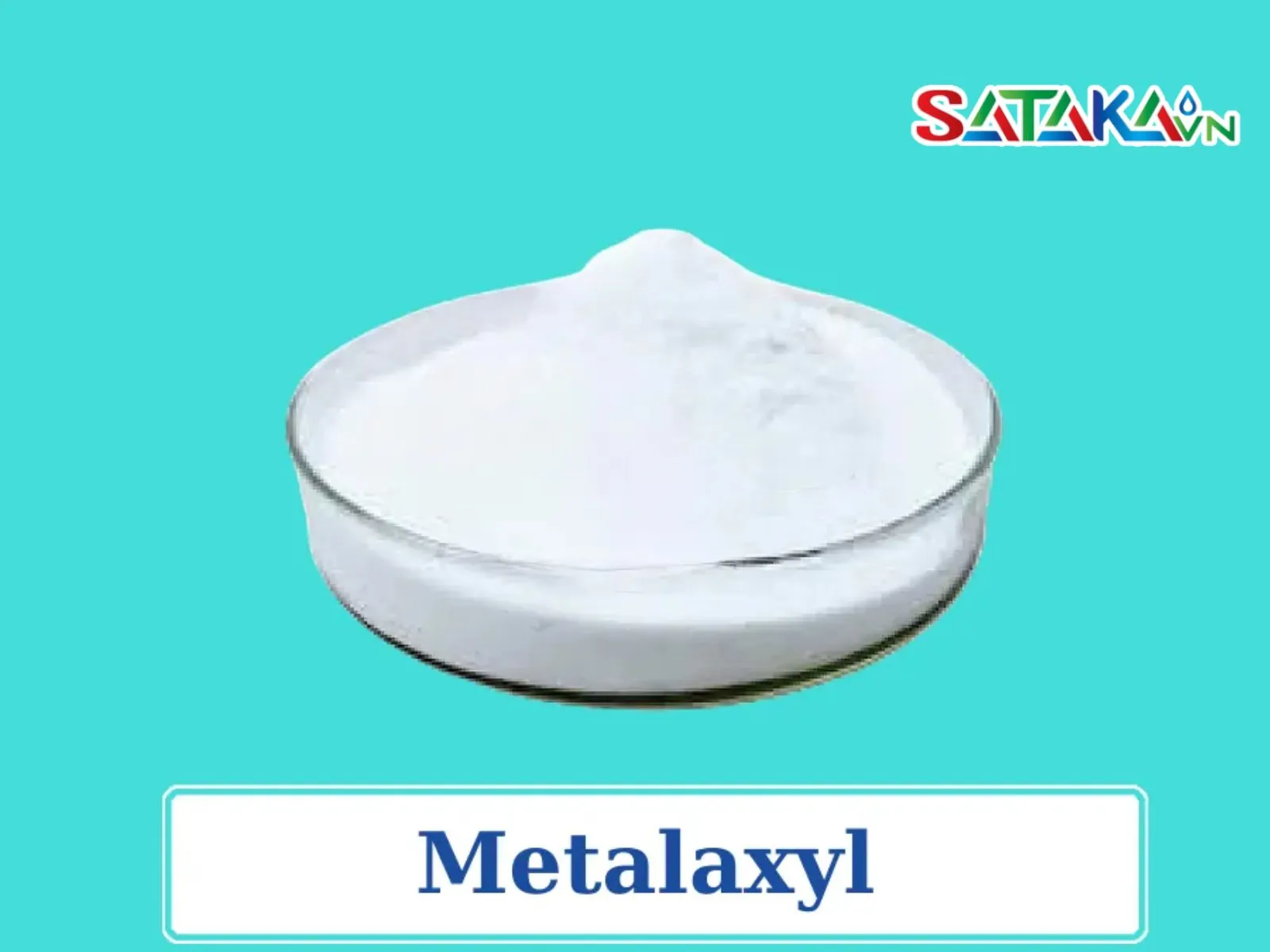
Active ingredient Metalaxyl treats Phytophthora Capsici fungus
Severely infected plants should be uprooted and destroyed to prevent the disease from spreading. Treat the affected soil with appropriate plant protection products or biological methods to eradicate the fungus.
Proper care and monitoring are essential to reduce the risk of rapid wilt. Key management tips include:
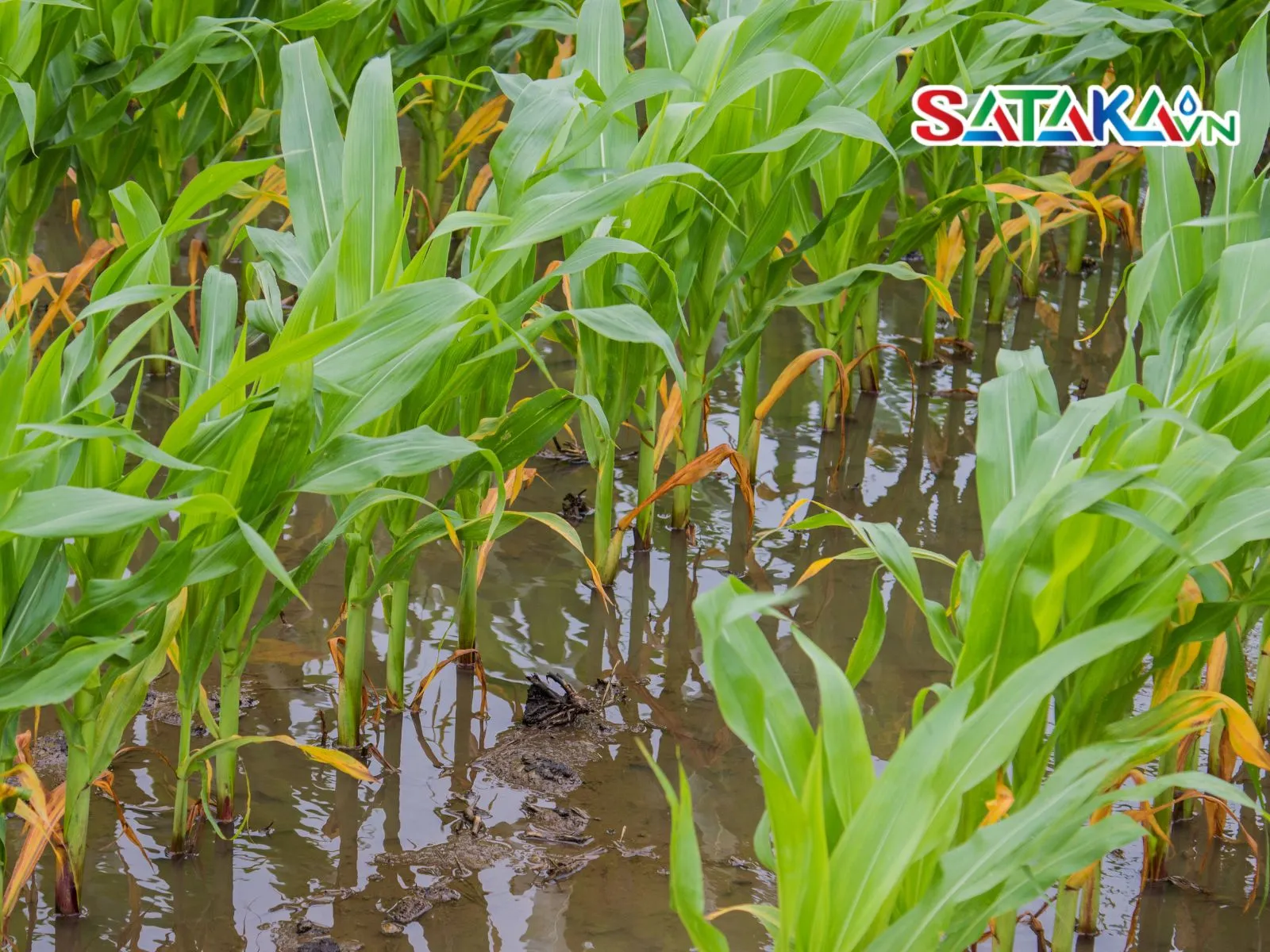
Limit flooding
Rapid wilt disease poses a significant challenge for pepper farmers. However, with timely prevention and treatment measures as outlined by Sataka, you can effectively protect your pepper plantation and maintain productivity.